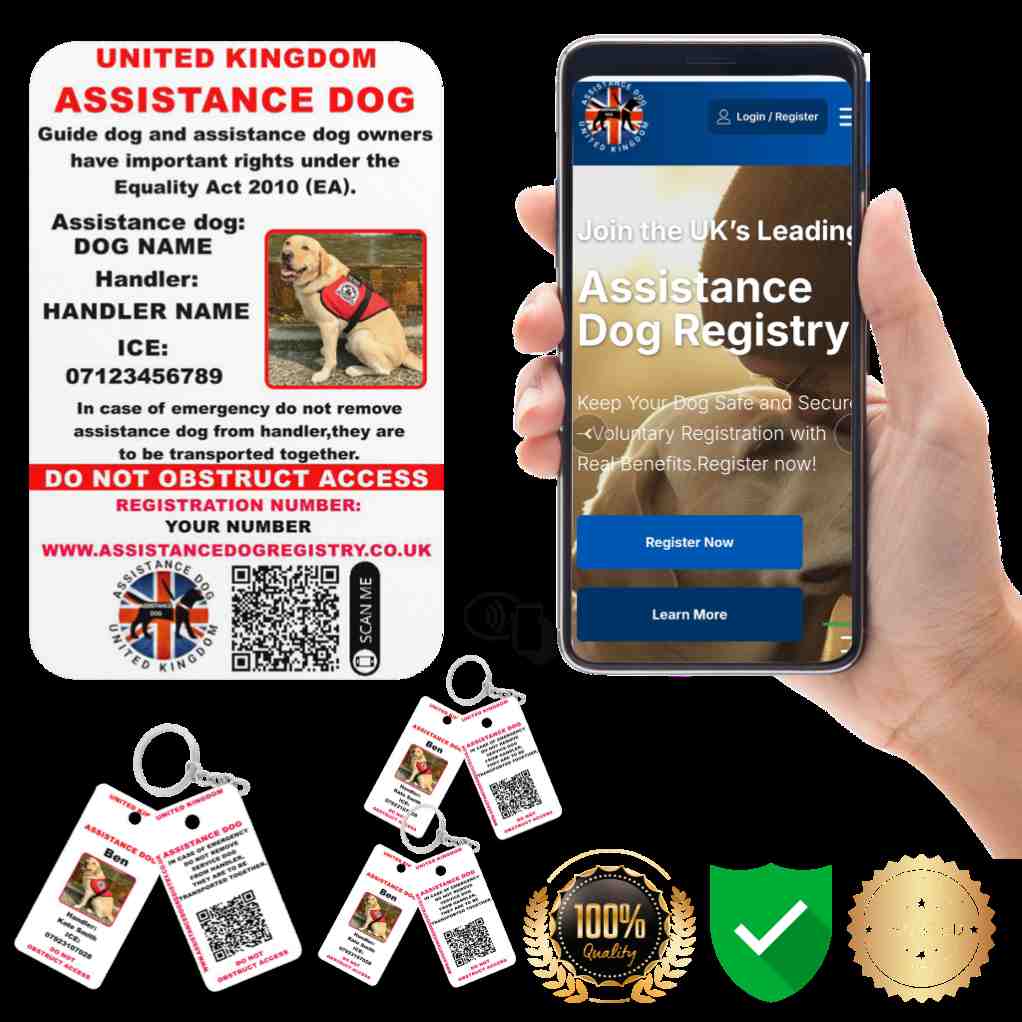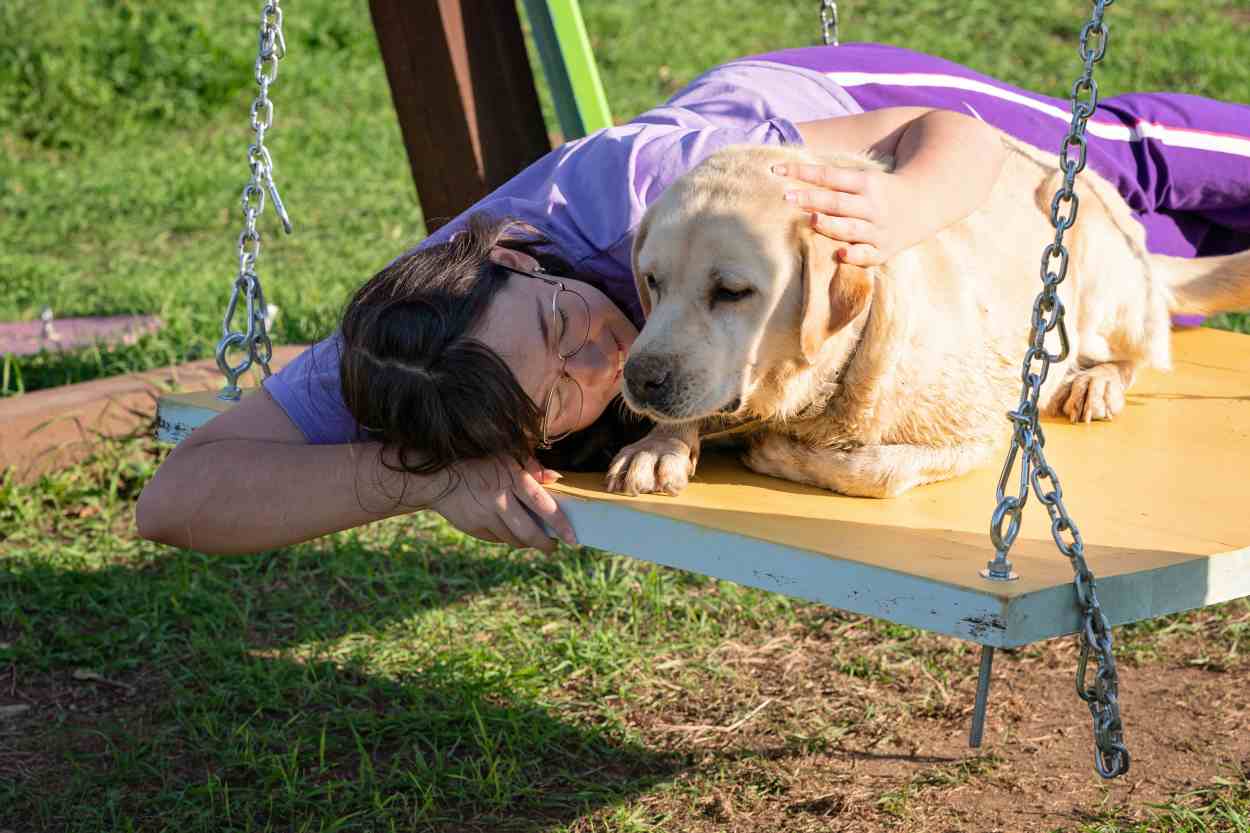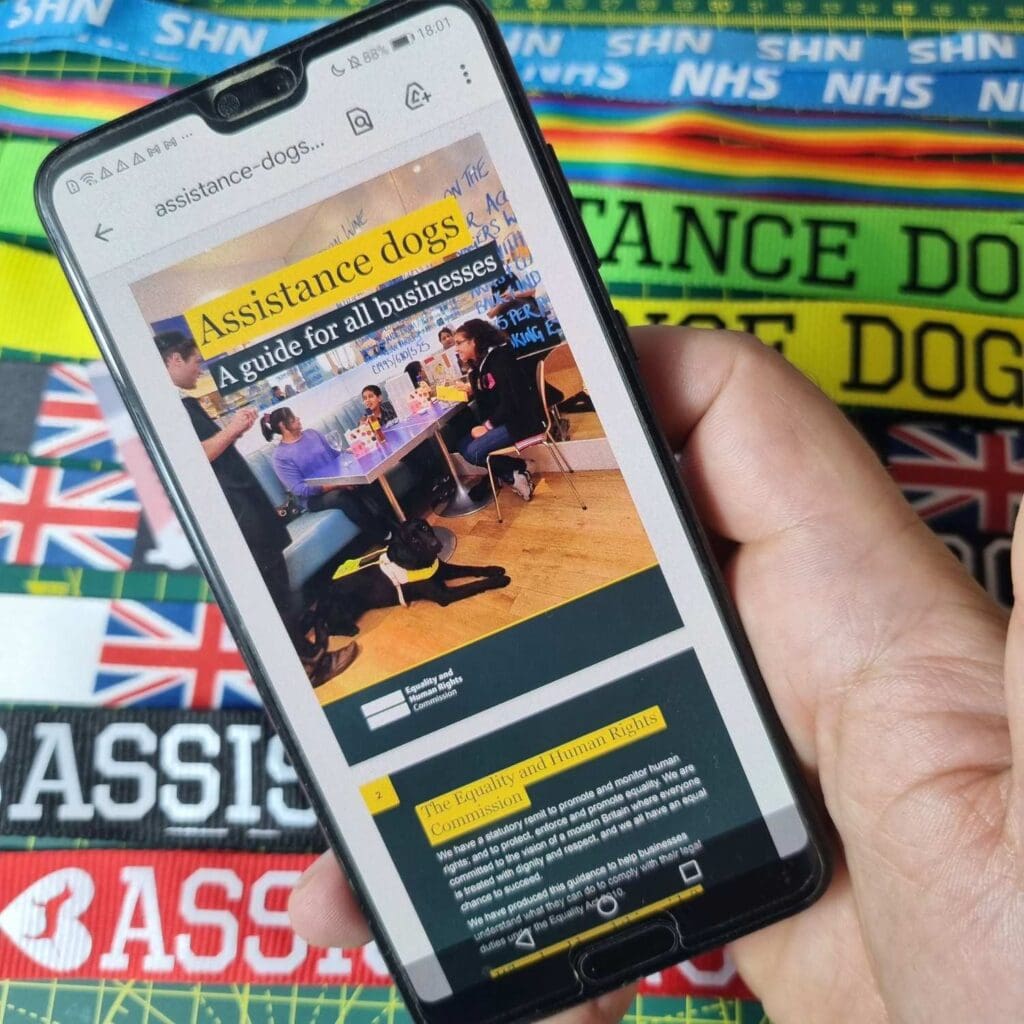
Unlock the Power of Assistance Dogs in Everyday Living
Assistance dogs are more than just loyal companions—they provide critical support to individuals with disabilities, helping them navigate everyday life with greater independence and confidence. These specially trained dogs are capable of performing a wide range of tasks that help their handlers overcome physical, sensory, and mental challenges. Whether it's guiding a person with visual impairment, alerting a person who is deaf, or providing physical assistance to someone with mobility issues, assistance dogs significantly enhance the quality of life for their handlers.
In this blog, we’ll dive into the various roles assistance dogs play, the different types of assistance dogs, and how they help individuals live fuller, more independent lives.
Types of Assistance Dogs
There are several categories of assistance dogs, each trained to meet the specific needs of their handler. Some of the most common types include:
- Guide Dogs: These dogs assist people who are visually impaired or blind by helping them navigate obstacles, cross streets, and travel independently.
- Hearing Dogs: Hearing dogs are trained to alert individuals who are deaf or hard of hearing to important sounds, such as alarms, doorbells, or phone calls. They help their handlers become aware of their surroundings through touch cues.
- Mobility Assistance Dogs: These dogs help individuals with physical disabilities by performing tasks such as retrieving items, opening doors, helping with balance, and even assisting with dressing or undressing.
- Medical Alert Dogs: Medical alert dogs are trained to detect changes in a person's health, such as blood sugar levels for people with diabetes or signs of an impending seizure for those with epilepsy. They alert their handlers to take action, such as administering medication or seeking help.
- Psychiatric Service Dogs: These dogs provide support to individuals with mental health conditions, such as anxiety, PTSD, or depression. They are trained to perform tasks like interrupting panic attacks, providing deep pressure therapy, and creating a safe space for their handler in public.
- Assistance Dog for Autism
Each of these types of assistance dogs is specifically trained to respond to the unique needs of their handler, ensuring that they can navigate daily life with fewer obstacles.

Tasks That Assistance Dogs Perform
Assistance dogs are trained to perform a variety of tasks that help their handlers manage day-to-day challenges. These tasks depend on the specific needs of the handler but often include:
- Guidance and Navigation: Guide dogs help people who are visually impaired or blind avoid obstacles, navigate busy streets, and safely reach their destination.
- Sound Alerting: Hearing dogs alert their handlers to important sounds, such as smoke alarms, doorbells, or approaching vehicles, by physically nudging or leading them toward the source of the sound.
- Retrieving Items: Mobility assistance dogs can fetch objects for their handlers, such as dropped items, phones, or medication. They can also pull wheelchairs or assist with standing and walking.
- Medical Alerts: Medical alert dogs can sense changes in their handler's body, such as a drop in blood sugar levels or the onset of a seizure, and alert them to take necessary precautions.
- Emotional Support: Psychiatric service dogs provide emotional grounding during panic attacks, flashbacks, or periods of intense anxiety. They can also create physical space in crowded areas or offer comfort through touch.
These tasks are essential for individuals who rely on their assistance dog for physical, emotional, or medical support, making everyday tasks more manageable and helping to prevent accidents or medical emergencies.
Assistance Dogs and Independence
One of the greatest benefits of having an assistance dog is the increased independence it provides to people with disabilities. With an assistance dog by their side, individuals who might otherwise struggle with certain activities can confidently participate in everyday tasks such as shopping, traveling, and working.
For example, a guide dog can enable a person who is visually impaired to travel safely and independently, while a mobility assistance dog can help someone with limited mobility manage tasks that might otherwise require human assistance. Medical alert dogs can also provide peace of mind, knowing that their handler will be warned of impending health issues like seizures or hypoglycemia before they occur.
This newfound independence can have a profound impact on the lives of assistance dog handlers, allowing them to lead fuller, more active lives without relying as heavily on others for help.
Emotional and Psychological Support
Beyond the physical tasks they perform, assistance dogs also offer emotional and psychological support. For many handlers, an assistance dog provides companionship and reduces feelings of isolation, especially for those who may have difficulty leaving their homes or engaging with others due to their disability.
Psychiatric service dogs are particularly skilled at providing emotional grounding, helping individuals manage conditions like anxiety, depression, and PTSD. These dogs can recognize signs of distress and provide comfort by offering tactile stimulation, such as nudging or lying across their handler’s body, to reduce anxiety and improve emotional stability.
The bond between a handler and their assistance dog is often incredibly strong, offering a sense of comfort, safety, and emotional well-being that goes far beyond the tasks the dog is trained to perform.
Training and Standards for Assistance Dogs
In the UK, assistance dogs can be trained by accredited organizations or by their owners. Regardless of the training method, assistance dogs must meet certain behavior standards, particularly when in public spaces. They need to remain calm, focused, and well-behaved in various environments, from busy city streets to quiet cafes. This level of training ensures that the dog can perform its duties effectively without causing disruption.
While assistance dogs are not required to wear specific identification or certification, it is highly recommended that they wear vests or harnesses that signal their role as assistance animals. This helps avoid misunderstandings in public spaces and reinforces their right to access areas where pets are normally prohibited.
Legal Rights and Protections
In the UK, the Equality Act 2010 ensures that assistance dogs and their handlers have the legal right to access public spaces, services, and facilities without discrimination. Businesses and service providers must accommodate assistance dogs, even in places where pets are typically not allowed. Refusing entry to an assistance dog or treating the handler unfavorably due to the presence of the dog is considered unlawful discrimination.
Whether the dog is owner-trained or professionally trained, it plays a critical role in supporting the handler’s independence and well-being. Ensuring that assistance dogs are welcomed and treated appropriately in public spaces is key to upholding the rights and dignity of individuals with disabilities.
Conclusion
Assistance dogs are vital companions that enable individuals with disabilities to lead more independent, confident, and fulfilling lives. Whether they are trained to guide, alert, support, or provide emotional grounding, these dogs perform life-changing tasks that improve the quality of life for their handlers.
If you have an assistance dog, consider registering them through our free registration process to ensure they receive the recognition and support they deserve. Visit our website to learn more about how your dog can help you navigate the world with greater independence and peace of mind.






